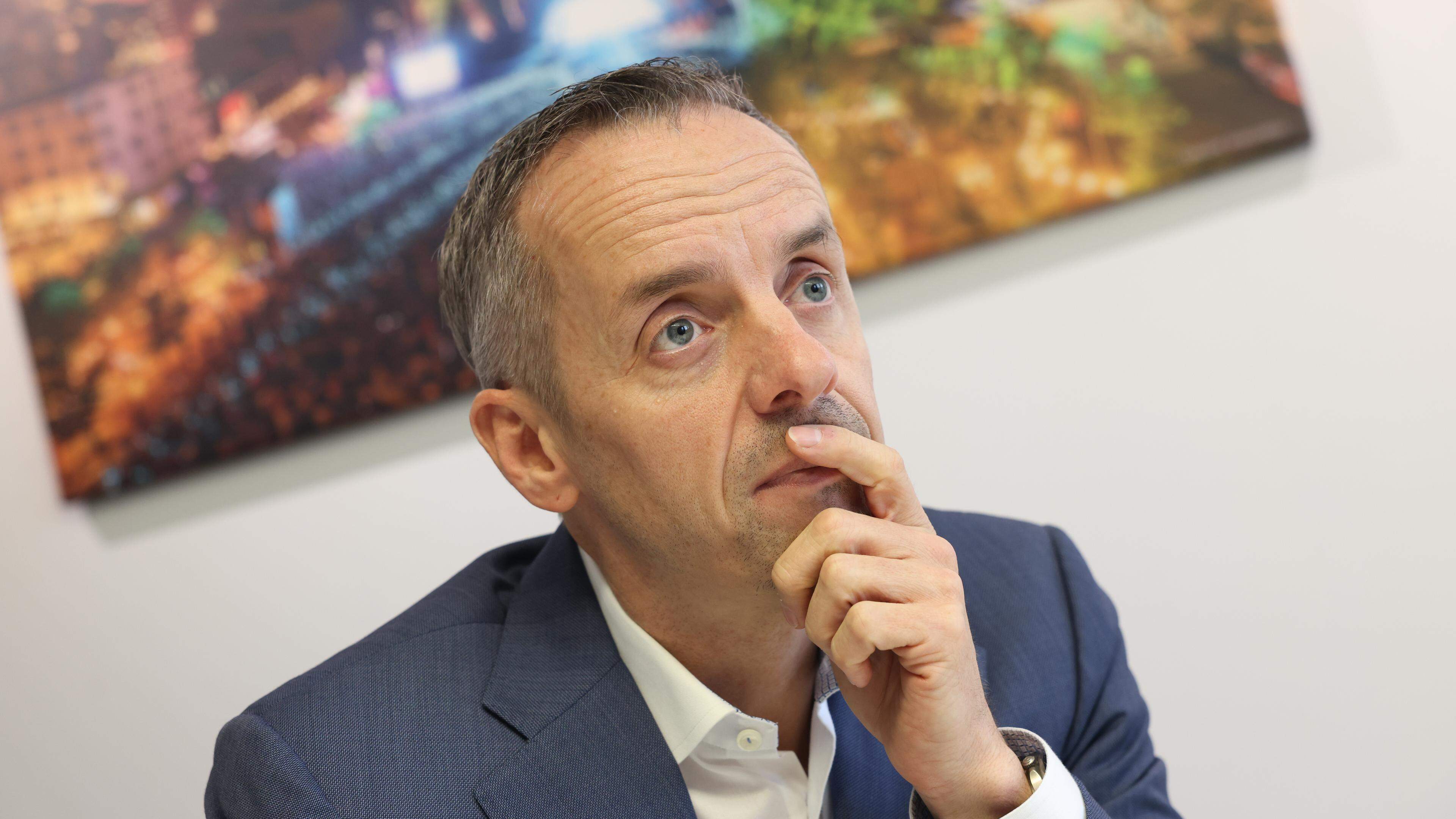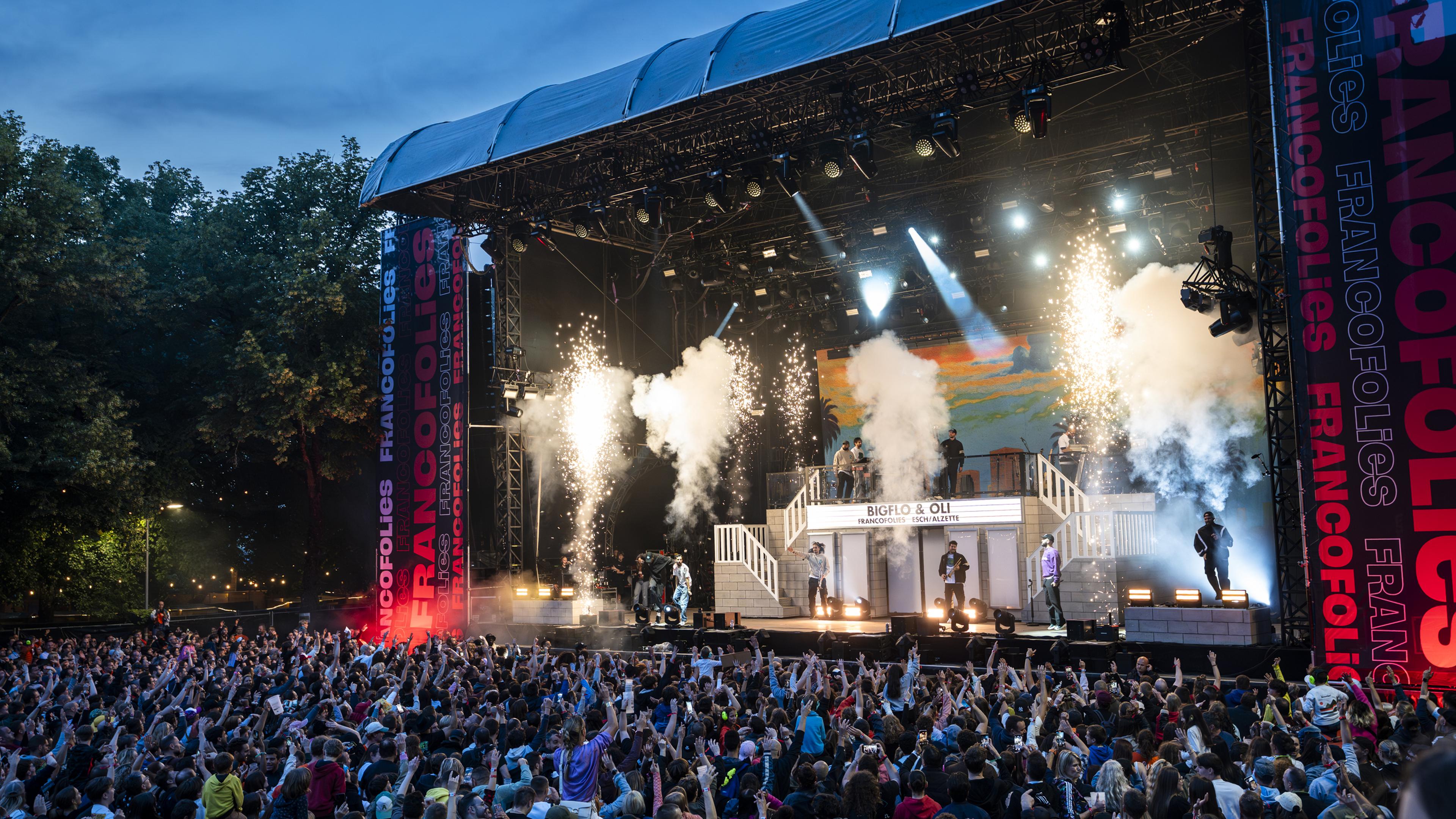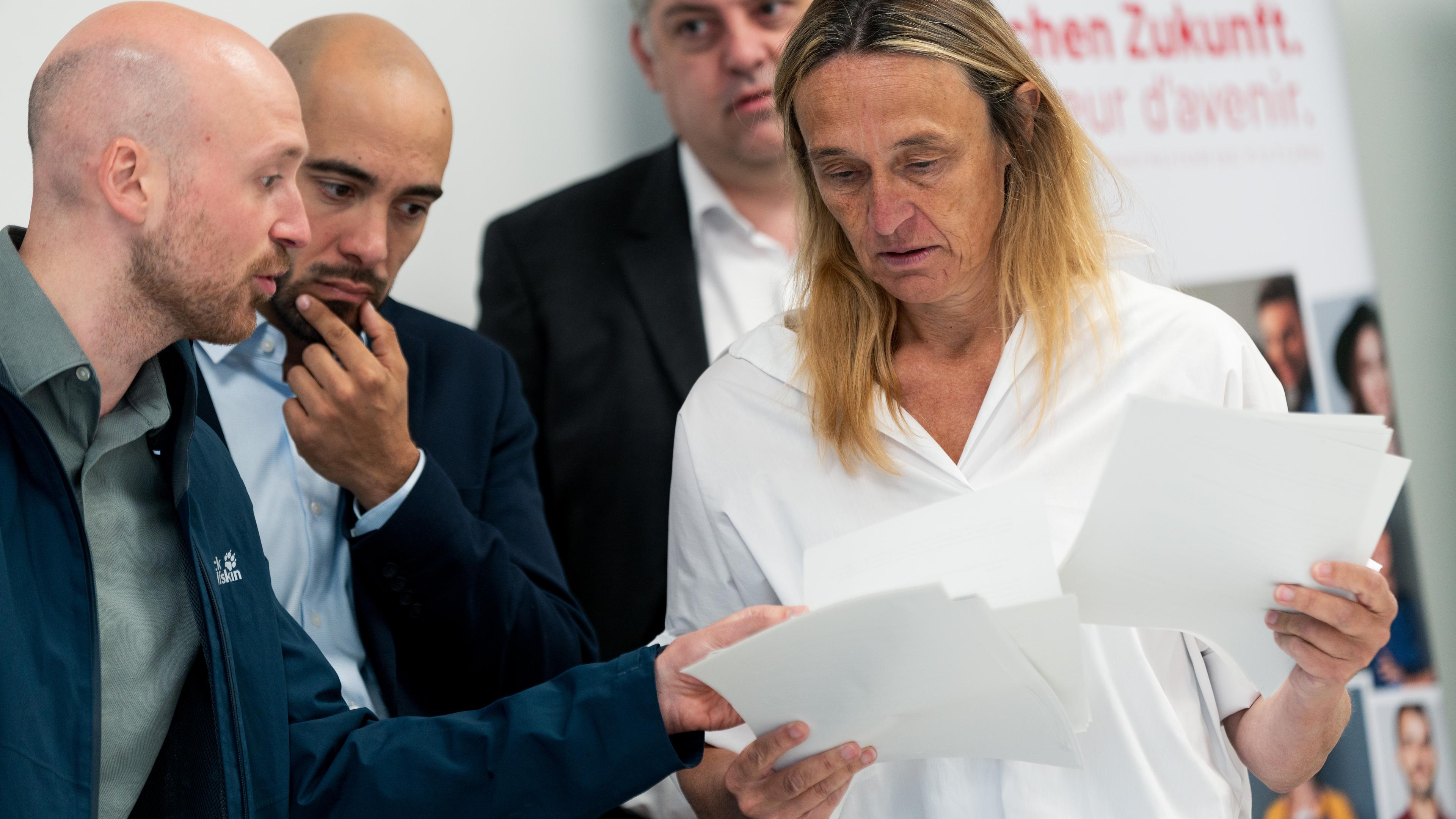From the dream beach to the savannah: the Caribbean island of Martinique

Palms and turquoise blue sea. Snorkel and dive. Or in the neighborhood of coconuts, but lazing in the white sand in the shadow of a palm frond? On Martinique, everything you hope for from a trip to the Caribbean is possible. But what is considered the epitome of a vacation is too one -dimensional for others. It is good that Martinique offers more. Because the small Antillen island is France’s « Île aux Contrastes », the island of contrasts.
If you put your hiking shoes on the beach, you will not be considered crazy.
If you put your hiking shoes on the beach, you will not be considered crazy. There are around 100 sandy beaches and over 200 kilometers of hiking trails. And the routes in the mountains and valleys are diverse. One of the popular coastal strips is the plague of the saline with coconut palms and white sand. For only 70 kilometers long and 30 kilometers wide, Martinique combines lush rainforests and steep reliefs in the north, dream beaches and desert landscape in the south, protected bays on the Caribbean in the west, impressive waves of the Atlantic in the east. The scenic opposites alone are blatant.
Idyllic: one of the many sandy beaches with palm trees on the Caribbean island of Martinique. Photo: Bernd Kubisch/Dpa-Tmn
With the colonization by the French from 1635, cultural contrasts were added – with cruelty such as slavery and civil war. Today Martinique is a French overseas department in which the same laws apply as in France. The island is almost 7,000 kilometers of Paris, currency is the euro. French is a national language, but the locals prefer to speak Creole. The champagne is the import slot, but the national drink of the Ti-Punch from Rum, Green Lemon and Ripe sugar. And while baguette almost always comes to the table, you spice up almost every dish with « Colombo », a mixture of roasted and crushed spices such as turmeric, coriander, black pepper and mustard.
The coastal town of Les Trois-Lets in the southwest of Martinique. Photo: dpa
In bars and restaurants, Bèlè, a music, whose origins are deeply rooted in the history of slavery. A legacy from the colonial era is also largely the economic structure. The so -called Békés, a white community of descendants of slave dealers, control most of the economy. A state that always leads to social tensions on the island.
The open -air museum « La Savane des Esclaves » is reminiscent of the French colonial period with a replica slave village. Photo: Sabine Glaubitz/Dpa-Tmn
On the other hand, the island benefits from economic support from France. Those who come as a tourist do not have to worry about poorly equipped hospitals, and health care largely corresponds to European standards. And the crime rate is moderate compared to other Caribbean Islands. However, there is a hurricane season from June to the end of November.
Magically dressed by the volcano
One of the top tours on foot is the climbing of the inactive volcano Mont Pelée, Martiniques landmark. With over 1,390 meters, the « Pelée » dominates the island. « Its climbing is legendary, » says Gilles Vicrobeck, President of the martial committee of Martinique. The « Grande Dame », as the islanders call him, attract hikers from all over the world. The promise: a 360-degree view of the island and the surrounding seas.
The Pitons du Carbet mountain range and Mont Pelée is a UNESCO world heritage. Photo: dpa
At the last major outbreak on May 8, 1902, the volcano destroyed the former cultural and economic island capital Saint-Pierre. Several 10,000 people died. The ruins in the rebuilt city at the foot of the mountain still commemorate the vulkandrama, one of the worst of the 20th century.
The volcano, popular tourist destination, has been even more prominent since 2023. The UN Culture Organization UNESCO, based in Paris, has chosen it as a world heritage together with the surrounding Pitons du Carbet mountain range. Three routes lead up. The simplest is the Aileron path where you save a few meters of height difference. You start at 800 meters at the Morne-Rouge car park.
On the way on the Aileron-Weg: A hike on the Mont Pelée is almost a mandatory tourist program on Martinique. Photo: dpa
A little more from the breath you can get on the hiking trail Sentier de Grande Savane from Le Prêcheur. The most demanding tour is the Morne Macouba path: up to eight hours of hiking time, a climb of over 1,100 meters and rope passages. The starting point is either in Macouba or Grand’rivière. But no matter how you come up: the view is often clouded because the clouds coming from the Atlantic like to get stuck on the eastern flank and cover the summit.
Desert landscape with bizarre rock formations
Weather caprioles of this kind threaten in the south, in the « Savane des Pétrifications ». The savannah of the fossils on the Sainte-Anne peninsula is one of the route tips by wandering fan Vicrobeck. What is going on on site in front of the eyes has nothing to do with the Caribbean cliché: a desert -like landscape with bizarre rock formations and candle cactus expands, very differently than the lush growth on the rest of the island. They are the remains of a forest winding by Lava. The only difficulty on the five -kilometer hiking route? The sun, because shadows are rare in this barren area.
Guide Gilles Vicrobeck in the « Savane des Pétrifications ». Photo: dpa
Martinique’s photo top motifs are undeniable in the diamond rock. The 175 meter high « Rocher du Diamant », which is called that because of its shape, protrudes from the sea in the southwest of the island. Anyone who takes a boat trip there opens another window into the colonial past. At the time of the Napoleonic Wars, the British built a fortress on the island today uninhabited, which can be approached on the water.
« Come on me, I have a Haische op of the Belscher plague! »
Or you jump off the boat: Because the waters around the stone block are considered good diving and snorkeling spots. But be careful: there are currents here and that is why it is only advisable for experienced divers to explore the underwater world. No boats are allowed to create directly on the rock.
Is controlled by excursion boats: the « Rocher du Diamant » off the south coast. Photo: dpa
Opposite the « Rocher du Diamant » the « Route of the Abse » runs on the south coast. It is around 48 kilometers long and is considered one of the most beautiful department of France. With the rental car you can cruise along beach to beach – one more beautiful than the other. Among them, for example, the Anse Noire and the Anse Dufour. One beach is black, a gem of volcanic origin, the other white, sand made of crumbled shells of millions of marine animals. They are only separated by a narrow headland. Martinique, it also shows itself, bears his nickname « Île aux Contrastes » for many reasons.
The brown Pelikan has been under nature conservation on Martinique since 1989. Photo: dpa
Resistance
Arrival: For example with Luxair and Air France over Paris with a stopover in Paris. Martiniques International Airport, Aimé Césaire, is about ten kilometers from the capital Fort-de-France.
Entry: EU citizens can enter with a valid ID card.
Climate and the best time to travel: Martinique has a tropical climate. The dry season from December to April is the best time to travel, the rainy season lasts from June to October. The temperatures fluctuate between 21 degrees Celsius and 32 degrees Celsius.
Accommodation: Most hotels are located in the south of the island. There are only a few luxury hotels, 3 and 4 star accommodations offer good comfort.
Further information: For example to hiking routes or snorkeling spots and also local providers martinique.org
Martinique is one of the small Antilles, an island chain in the eastern Caribbean. Photo: dpa infographic








